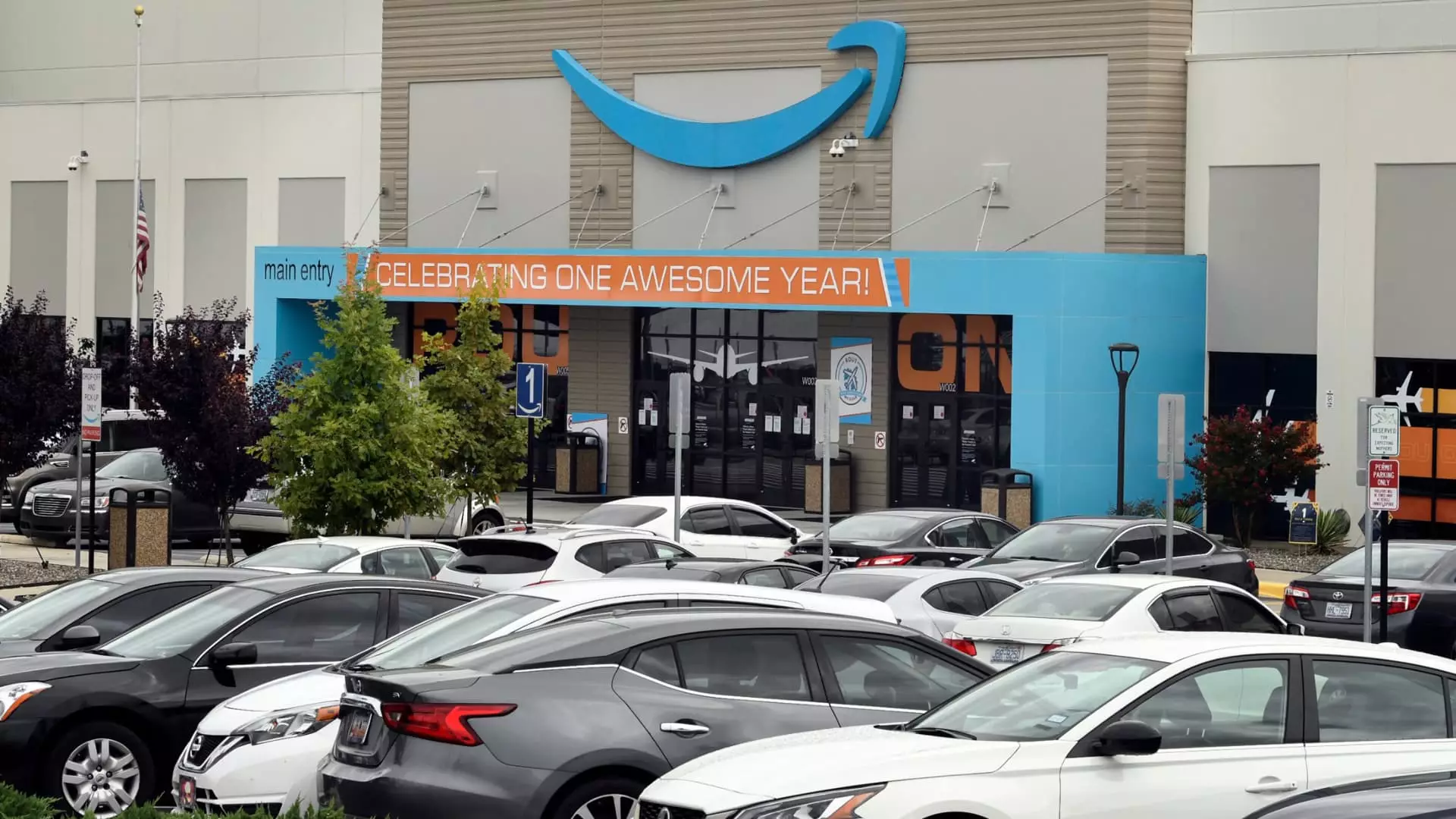In a significant decision on Saturday, workers at an Amazon facility near Raleigh, North Carolina, voted against unionizing. The results, as revealed by the National Labor Relations Board (NLRB), showed a decisive rejection with 2,447 votes against the union and only 829 in favor, from a total of 3,276 ballots cast. While 77 ballots were challenged, the margin of opposition was substantial enough to suggest that these challenges would not alter the final outcome. The results await certification by the NLRB, but the implications are clear: the desire for union representation has not gained traction within this specific workforce, which comprises approximately 4,700 employees at the RDU1 facility located in Garner.
This vote is the culmination of a three-year organizing effort by Carolina Amazonians United for Solidarity and Empowerment (CAUSE), a grassroots group advocating for better working conditions. Their campaign aimed to address employee grievances such as inadequate pay, insufficient breaks, and overall workplace safety. The group’s efforts underscore the ongoing tension between large corporations and labor movements in the United States, highlighting a microcosm of the broader labor struggles occurring nationally.
In response to the election results, CAUSE criticized Amazon’s practices, claiming that the company’s actions during the organizing campaign were not only aggressive but also unlawful. They suggested that Amazon’s tactics to intimidate and influence workers’ decisions were indicative of a company fearful of collective employee action. This sentiment resonates with a growing frustration among workers who feel that large corporations operate by a different set of rules, often at the expense of employee rights and welfare.
On the other hand, Amazon’s spokesperson, Eileen Hards, firmly defended the company’s position, stating that Amazon remains committed to maintaining a direct relationship with its workforce. This highlights a fundamental strategy of Amazon’s corporate response—emphasizing the importance of open communication while asserting that employees have the freedom to make their own choices regarding unionization. The juxtaposition of these narratives illustrates the contentious atmosphere surrounding labor organizing efforts within the tech giant’s blueprints.
The rejection of the union at RDU1 is set against a backdrop of evolving attitudes towards labor rights and union representation across the United States. Despite Amazon’s historical opposition to unions—having successfully maintained a largely non-unionized workforce until recent attempts in other locations—there has been a noticeable shift in worker sentiment concerning labor organizations. For example, the successful union drive in Staten Island last year marked a pivotal moment for labor movements within the company.
Interestingly, public support for unions is on the rise. According to Gallup, around 67% of Americans now express approval for labor unions, reflecting a growing recognition of the importance of employee rights and collective bargaining. However, this increased approval has not necessarily translated into higher union membership, particularly in the private sector where membership rates have dipped slightly to 5.9% in 2024. North Carolina stands out with the lowest union membership in the nation, at merely 2.4%, illustrating regional disparities in labor organization involvement and support.
In the wake of the recent election, CAUSE has signaled its intention to keep fighting for workers’ rights at RDU1, noting that many employees continue to struggle with economic insecurity. This determination to persist illustrates the ongoing fight for better conditions, wages, and rights, even in the face of setbacks. Starting pay at RDU1 currently rests at $18.50 an hour, while CAUSE advocates for wages as high as $30 an hour. This disparity hints at a larger issue of wage stagnation and cost of living concerns that many employees face.
Moreover, labor groups are exploring alternative strategies to boost union presence without relying solely on traditional NLRB elections. Efforts have included filing unfair labor practice charges against Amazon and engaging in coordinated picketing actions. Such initiatives demonstrate a willingness among organized labor to adapt to the changing dynamics of employee relations and seek avenues to empower workers in a landscape dominated by large corporate interests.
The recent voting outcome at the Amazon facility reveals significant layers beneath the surface of labor relations in modern America. As complexities surrounding unionization, employee rights, and corporate accountability continue to unfold, both employees and labor advocates face a challenging road ahead. The struggle for fair wages and better working conditions persists, reflecting the ongoing negotiation of power dynamics between employees, corporations, and regulatory bodies. As this landscape evolves, it will be essential to monitor how these developments influence the broader narrative of labor in America and the role that organizations like CAUSE play in shaping future worker movements.

